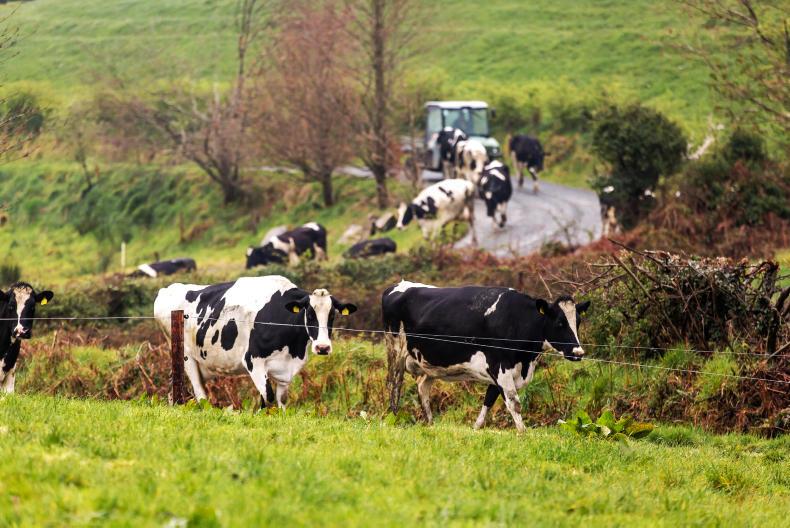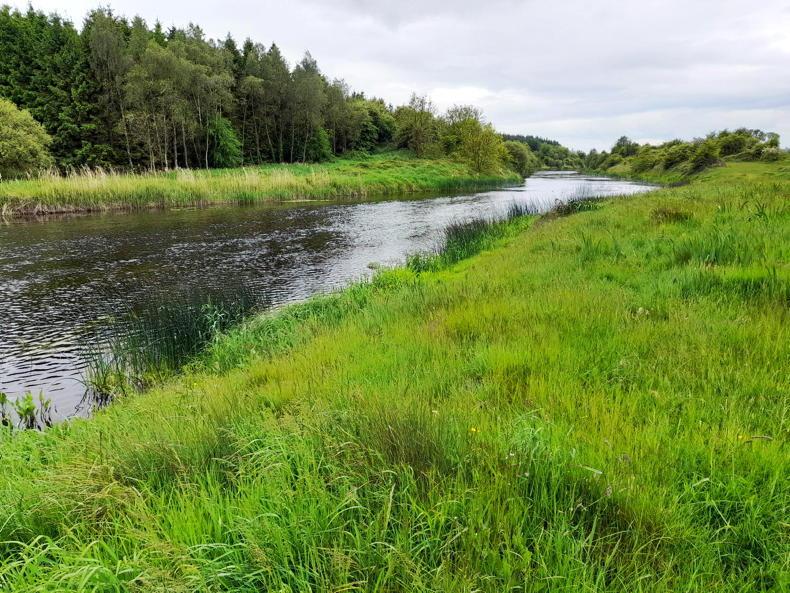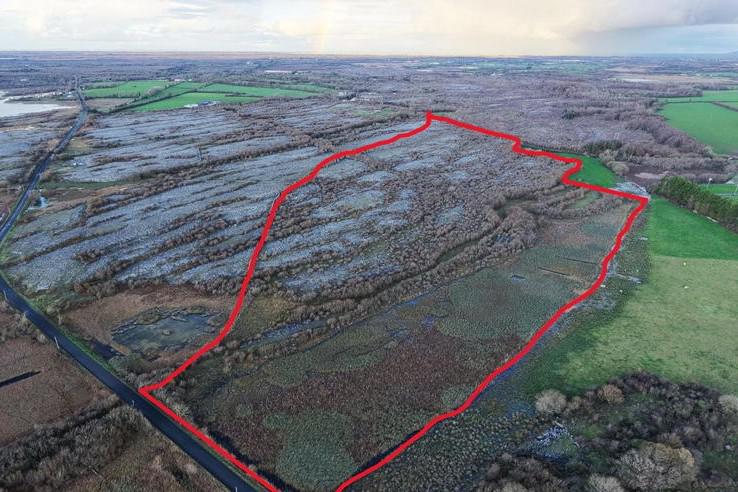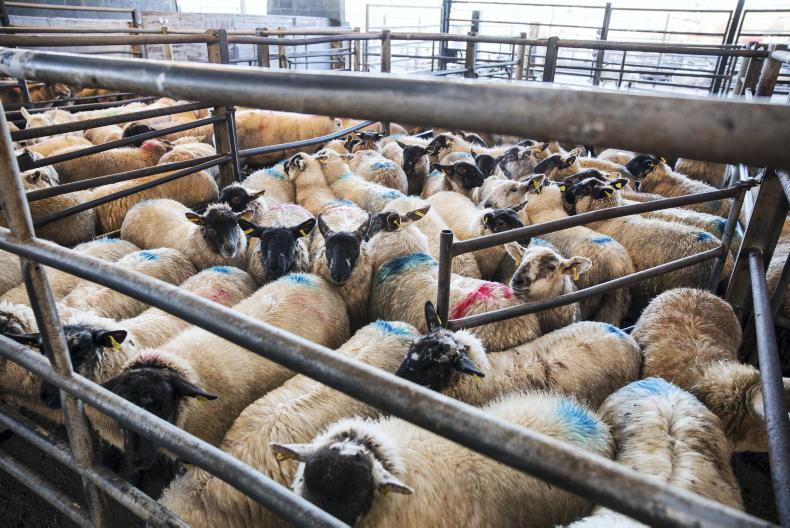An interim review is currently ongoing of Ireland’s nitrates derogation and as part of the process, Teagasc has made a submission as to what it would like to see.
The submission is based on grassland, manure and soil management, while also looking at what specific actions derogation farms can take to minimise their impact on the environment. A farm should not be defined as intensive unless it meets the definition of needing to apply for a derogation, according to Teagasc.
In response to a question posed by the Department of Agriculture as part of the review, Teagasc said only those who apply for a derogation should be subject to its conditions.
Teagasc said an intensive farm was a grassland farm with an organic nitrogen stocking rate of between 170kg and 250kg N/ha. In the Department’s consultation document, farmers stocked above 131kg N/ha (1.5 cows/ha) were classed as intensive.
Under existing regulations, farmers who wish to stock farms above the national limit of 170kg N/ha must apply for a derogation to do so, up to a limit of 250kg N/ha.
Environmental impact
To help derogation farmers minimise their impact on the environment, Teagasc suggested that fertiliser recommendations from nutrient management plans should be used by more farmers.
The use of protected urea should also be promoted. Improving soil pH to ensure more efficient use of fertilisers is another area that should be targeted.
The submission outlines that correcting soil pH has the potential to allow a farm to increase grass production on average by 2t DM/ha. In 2020, Teagasc will launch weekly N fertiliser advice focused on spring grass.
Teagasc is also calling on farmers to use lower protein feeds of 12% to 14% CP when cows are grazing good-quality grass, outlining that it will help to reduce N loss to the environment.
Adhering to set-back distances for nutrient applications in water courses and a greater use of protected urea and low-emission slurry spreading equipment were also highlighted.
It is also calling on farmers to increase management of hedgerows to maximise their shelter and biodiversity, with the submission outlining that the quality of many hedges is sub-optimal.
Critical source areas should be identified and managed at field, farm and catchment level. These are areas where there may be a greater threat of run-off of nutrients.
The submission outlines that while existing set-back distances can greatly improve the protection of water where risks of a nutrient loss are present, the one-size-fits-all approach needs to be examined.
It is important that credit is given to farmers for adopting this approach and that these greater set-back distances are still eligible for other payment schemes.
They could even form the basis of future environmental schemes, the submission outlines.
Soil impact
To minimise the agricultural impact on soil on derogation farms, Teagasc recommended promotion of on-off grazing to avoid poaching of soils.
Research has shown that restricting pasture access time to four hours daily and using on-off grazing on to a standoff area could be used as a tool to maintain animal performance, improve grazing efficiency and reduce the risk of soil structure loss, while also delivering environmental benefits.
Limiting cattle access to water courses and correct placement of water troughs are also recommendations, as is optimising roadway design to prevent nutrient loss to surface water, with research ongoing by Teagasc when it comes to run-off from roadways.
Manure impact
To minimise the impact of livestock manure on the environment, Teagasc proposed that slurry storage capacity must match planned stocking numbers.
Farmyards and slurry storage facilities must be maintained to minimise nutrient losses and farmers should carry out better manure application and timing to improve its efficiency.
Low-emission slurry spreading is strongly recommended to reduce emissions when compared with splash-plate applications.
This is seen as a way of improving the efficiency of slurry which could have a knock-on effect of reducing chemical N applications.
The Eurostat definition of intensive farming states: “Intensive farming puts a pressure on the environment, due to the high use of inputs. “However, the actual effect of the use of inputs on the environment is not only depending on the amount of inputs used but also on how and when they are applied.” It also says these farms require significant use of capital and inputs relative to land. Teagasc said only those farms receiving a nitrates derogation to farm more intensively fitted this definition.










SHARING OPTIONS